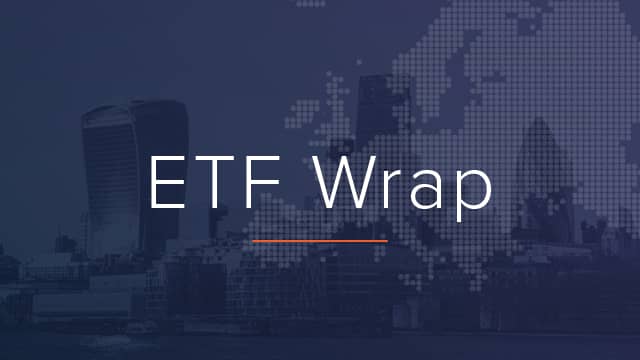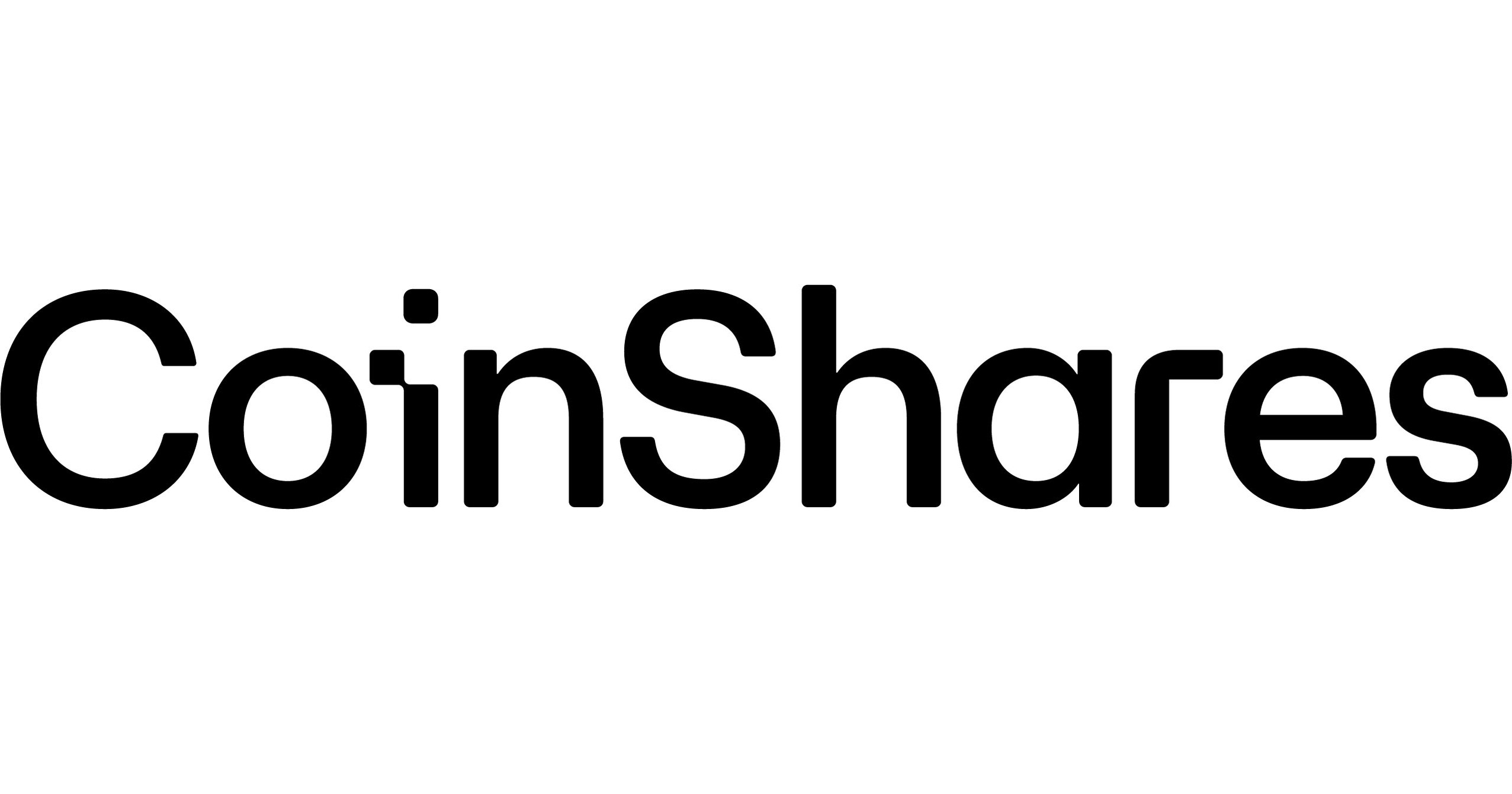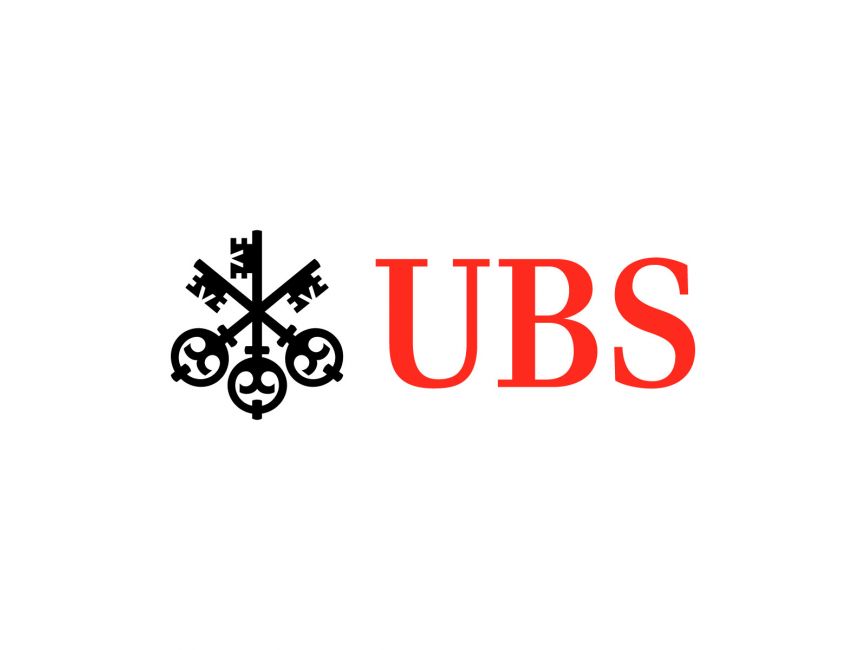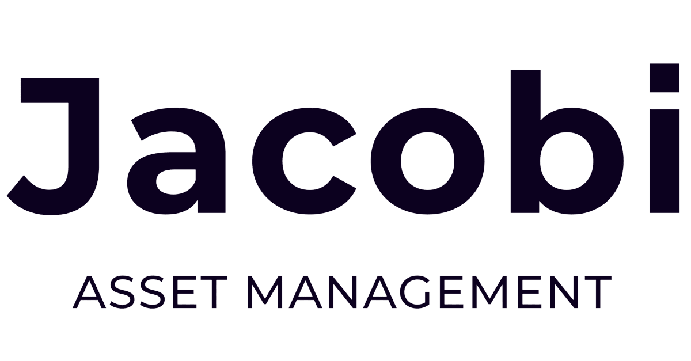In a busy week for the European Securities and Market Authority (ESMA), the financial regulator announced it will spend the next 15 months reviewing the inroads made by specialist exposures such as commodities and crypto into the respected UCITS framework.
The news followed a letter from the European Commission instructing ESMA to gather data on the extent to which UCITS vehicles have been gaining direct and indirect exposure to more niche asset classes, resulting in “divergent interpretations” and “risk for retail investors”.
Currently, there are more than 10 commodity ETFs in Europe from issuers including BlackRock, DWS, UBS Asset Management, WisdomTree and Legal & General Investment Management (LGIM) sporting the UCITS badge.
This is possible given they comply with 2013 Guidelines on ETFs stating commodity indices must be at least as diversified as equity benchmarks – which is the case given most commodity baskets capture at least 25 exposures.
The ETFs also provide these exposures by tracking swaps rather than futures contracts, with the latter carrying the risk of potential margin calls.
In crypto, the debate around whether the asset class is or is not UCITS is far more fragmented.
There is currently no crypto UCITS ETF and although some diversified crypto baskets might satisfy most of the written rules of UCITS, regulators such as the Central Bank of Ireland (CBI) and Luxembourg’s Commission de Surveillance du Secteur Financier (CSSF) would not treat the asset class as UCITS compliant as they deem it unsuitable to be used by all types of investors.
Shane Coveney, partner at Dillon Eustace, also noted the CBI also observes significant liquidity, credit, margin, operational, money laundering, legal, reputational and even terrorist financing risk involved in digital assets.
He added while crypto indices can contain a suitable number of components to meet the quantitative rules of UCITS, the CBI and others may not be satisfied on the diversified nature of these exposures given the performance of the entire asset class is highly correlated.
However, the Spanish Comision Nacional de Mercado de Valores (CNMV) allows UCITS collective investment schemes to have exposure to financial instruments linked to the performance of crypto, provided they do not embed derivatives such as exchange-traded notes (ETNs).
Meanwhile, German regulator BaFin allows UCITS funds to access crypto in ETN format via the delta one exemption on transferable securities, on the same rationale that allows funds to access gold via exchange-traded commodities (ETCs).
Townsend Lansing, head of product at CoinShares, previously said it could be a few years before crypto is viewed as tried and tested enough to be deemed UCITS compliant by the CBI and CSSF.
After a year of delay, Jacobi Asset Management will soon launch Europe’s first bitcoin ETF via the unique legal framework of the Guernsey Financial Services Commission (GFSC).
Notably, the product will carry the ‘ETF’ badge but like its existing ETN peers, it is not a UCITS fund, meaning it does not enjoy the same passporting regime, the investor protection framework or regulatory oversight as traditional European-listed UCITS ETFs.
In fact, it is far less accessible than existing ETNs. It is an alternative investment fund (AIF), meaning it is not available for general public distribution.
Guernsey is also a 'third country' to the EU, meaning the product does not benefit from EU AIF passporting rules. In turn, each country it is sold into is on a private placement basis.
Bonds booming
This week also saw coverage of a record-breaking H1 for fixed income ETFs in Europe, with the product class amassing €31bn inflows in just six months, according to data from Morningstar.
Not only did this surpass the previous record of €30.6bn in 2019; it also saw assets in bond UCITS ETFs surge 5.9% as a whole to €348bn.
After a decade of underweighting bonds, more hawkish central bank policy has seen investors return to fixed income in a hunt for higher yields.
Jose Garcia Zarate, associate director for passive strategies at Morningstar, said: “Now there is attractive yield to be found in safer areas of the bond market and investors who have been underweighted in fixed-income for a prolonged period are now redressing the imbalance by buying government and investment-grade corporate bonds.”
The Bloomberg US Aggregate Bond index is now yielding close to 4.7%.
A prolific week for Invesco
US giant Invesco was active this week, launching two ETFs in a single day.
One was the Invesco Nasdaq-100 Equal Weight UCITS ETF (IEWQ), which saw the issuer offer an equal-weight alternative to its flagship ‘QQQ’ strategy.
The launch also coincides with Nasdaq announcing its first ever ‘special rebalance’ of its headline index, with the top 10 large tech constituents now comprising 60% of its overall weight.
On the same day, Invesco launched the Invesco Dow Jones US Insurance UCITS ETF (INSU), Europe’s first US insurance ETF.
Its underlying Dow Jones US Select Insurance index captures 56 US companies involved in full-line, property, casualty and life insurance – and is only tracked by one other ETF listed in the US.

















